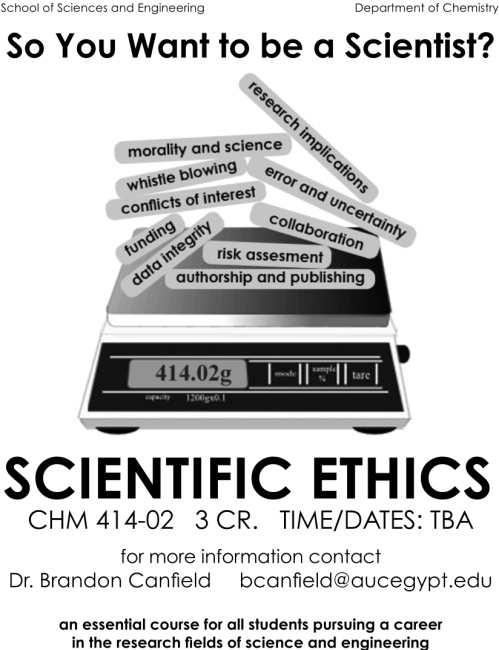Pages
Categories
- cairo
- cars
- cats
- chemistry
- egypt
- Emily's visit
- kitchenry
- Martia Nocturne
- oregon
- school
- still testing
- test
- Uncategorized
- visitors
Archives
- May 2011
- February 2011
- August 2010
- June 2010
- January 2010
- October 2009
- September 2009
- August 2009
- July 2009
- June 2009
- May 2009
- April 2009
- March 2009
- February 2009
- January 2009
- December 2008
- November 2008
- October 2008
Meta
Autor: brandon
~ 21/06/10
Direct, empirical evidence of the existence of exoplanets, planets existing outside of our solar system, has been pouring in lately. While it may seem like a perfectly rational assumption that such planets exist, we actually have less than 20 years of solid evidence that they do. Existence of exoplanets are of obvious interest in the search for life outside of our lonely planet. What we think we understand about the requirements for life, based on the admittedly limited sample population of a single diverging lineage here on Earth, leads us to believe that carbon must also be readily available in its organic form. Simple organic molecules have been detected on various planetary bodies, meteorites, and comets cruising around our solar system, but complex organics are even more exciting from the perspective of an astrobiologist/prebiotic chemist. You may or (more likely) may not recall that I we demonstrated the abiotic synthesis of such complex aromatic hydrocarbons in simulated subseafloor hydrothermal vent conditions (like those found in the underwater volcanoes along the Juan de Fuca Ridge stretching along the coast of Cascadia, and also here in the Red Sea) way back in 2005, aka the yellowish stuff in solution in the top left picture of this site. Now, scientists have finally found evidence of such molecules existing elsewhere in our galaxy! This is big news! Big enough to bring me out of a half year silence, anyway. While actually seeking out new life and new civilizations is still a long way off, the chances of doing so just increased tremendously.
P.S. Dedicated to all you, all human beings (who happen to find this site by actually searching for “prebiotic chemistry”).
P.P.S. Why, oh why, did I waste so much time on attempting to refine my analytical skills instead of just throwing nitrogen into the mix? So much work left to do. Some day. Maybe.
Autor: brandon
~ 03/02/09
After all of two days, my Scientific Ethics course only garnered one email of interest – from a graduate student wanting to TA or audit – so it got dropped. Such is life. It will be offered again in the fall, and listed/promoted well in advance of registration, so hopefully there will be more interest then. Instead, I’ve been assigned CHEM 103, Chemistry and Society. I am happy with that. More so than if I got stuck with a general chem lab. It is still a class full of non-science majors, but at least they actually chose the course as an elective that interested them in some way, as opposed to a course that is only meeting a strict requirement.
Scientific Thinking is already off to a great start. After the rough time we had fall semester anything would be an improvement, but the students in my sections this term are already aces in my book.
I talked with Adam a while back about how neither of us had ever actually read any Feynman, so I made sure Six Easy Pieces was included in the small library Emily smuggled overseas for me. It seemed like a good place to start, given that I am a chemist and not a physicist (as opposed to Six Not-So-Easy Pieces, among others). I have only just started it, but included in our repository of Scientific Thinking-related document files was an excerpt from a talk he gave to the National Science Teachers Association in NYC in 1966, on the topic of What is Science?, so I decided to give it to my classes as the first reading assignment on Sunday. Today I walked them through the whole thing with a slick powerpoint (sorry openoffice, I really like you and use you whenever I can, but presentation just doesn’t cut it). You can read it for yourself, but the closest Feynman comes to an actual definition of science is the following:
Science is the belief in the ignorance of experts.
Everyone seemed to like that. It only seemed fair, then, to talk a little bit about the expert/author of the reading, Richard Feynman. By the end of the class I had everyone staring up at the light fixtures as I flicked the switch on and off, on and off, attempting to explain Feynman’s Quantum Electrodynamics (QED) to a room full of freshman business and mass communications majors. Common sense tells us the light waves we perceive have travelled the shortest distance between the two points, the bulb and our eyes; QED tells us the path travelled is actually the sum of all possible paths between the points. Absurd! And yet, the fundamental theory on which QED rests is the same on which all of modern chemistry depends. What better way to illustrate the true nature of Science than to highlight a model which best explains the evidence and observations we have to date, and yet is so contrary to common sense that you can’t help but seek a better one?
I went 7 minutes past the end of class today, blabbering on about double slits and single particles interfering with themselves, and not a single person got up to leave when they rightfully should have. Someone in the back wondered aloud if Relativity was not equally absurd, and I tried to keep my cool as a wave of goosebumps covered my body. Not a single person even brought the overtime to my attention, and I eventually called an end to class, myself, with multiple enthusiastic hands still in the air. In all my experience of teaching, this was a first. No barkin from the dog, no smog; today was a good day.
Autor: brandon
~ 29/01/09
For twenty-six days this apartment felt like home. Now it is just empty and cold. I see one too many of everything, but I can’t bear to put them away.
For now, the unused chair at my side remains.
.
.
.

.
.
The new course I had proposed and have been working on was finally approved and listed in the Spring09 schedule. Unfortunately (and partially my fault), this only finalized less than a week before classes begin and approximately one month after registration officially closed. So I have the one week drop/add period to try to convince at least 10 students to enroll, lest the course is canceled, and I am stuck with a section of Gen Chem lab. The course prospects for the fall, at least, are much stronger.
On a side note, from a design perspective Arabic must be absolutely perfect to work with, as any word can be stretched indefinitely for any need. Thanks Emily for teaching that me those long straight lines randomly appearing in written Arabic words mean essentially nothing! This poster could certainly use a bit more uniformity and symmetry, especially in the top block. Or maybe it is a good thing, distracting the eye from the lame Byrds reference.

